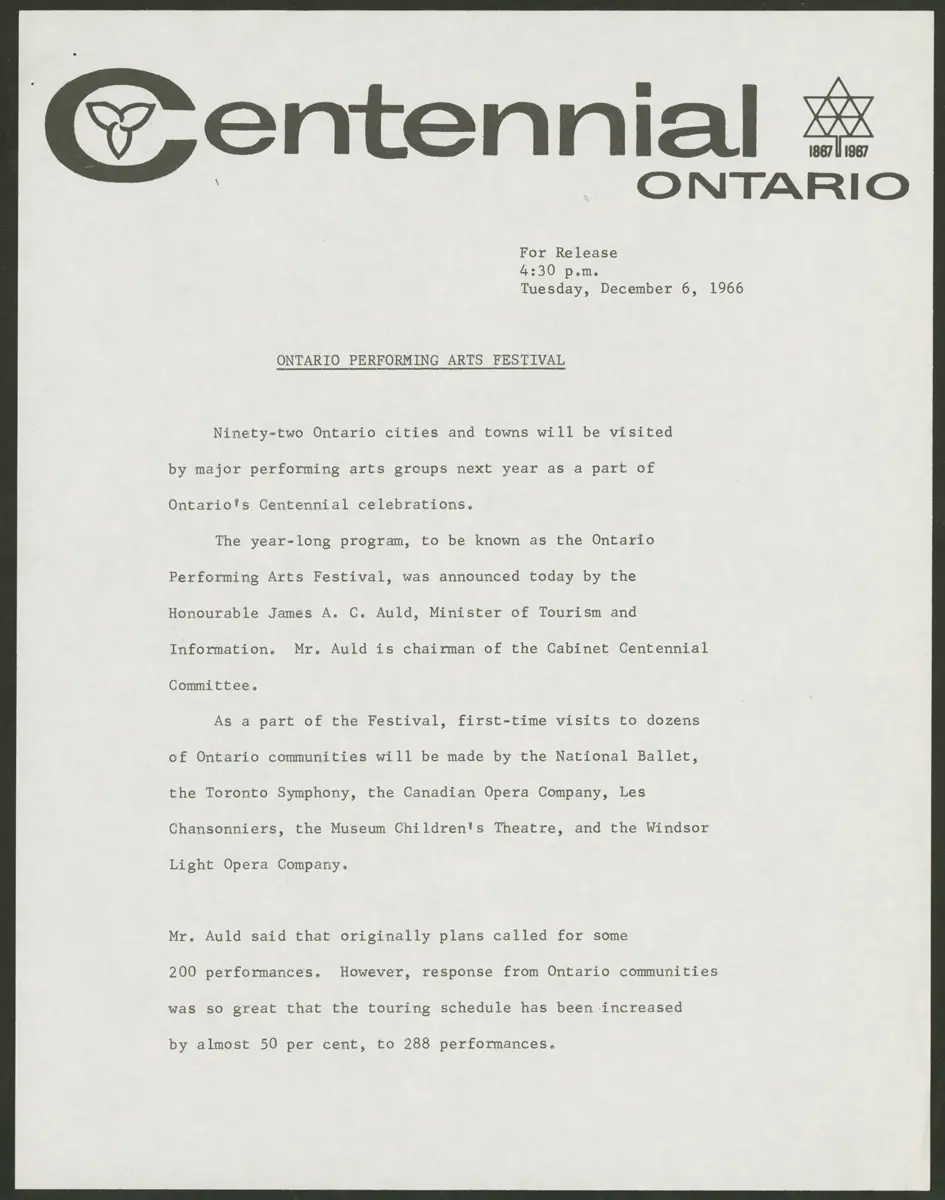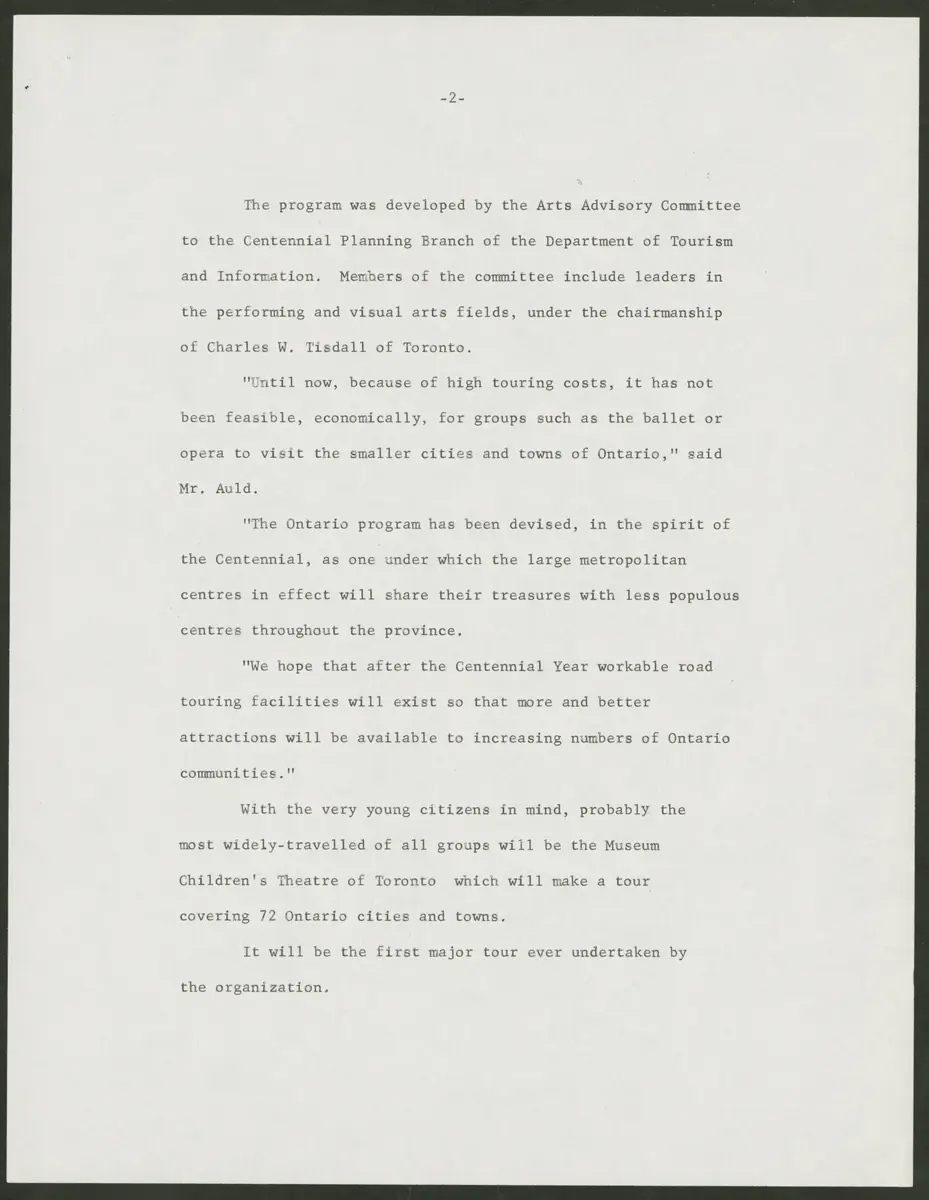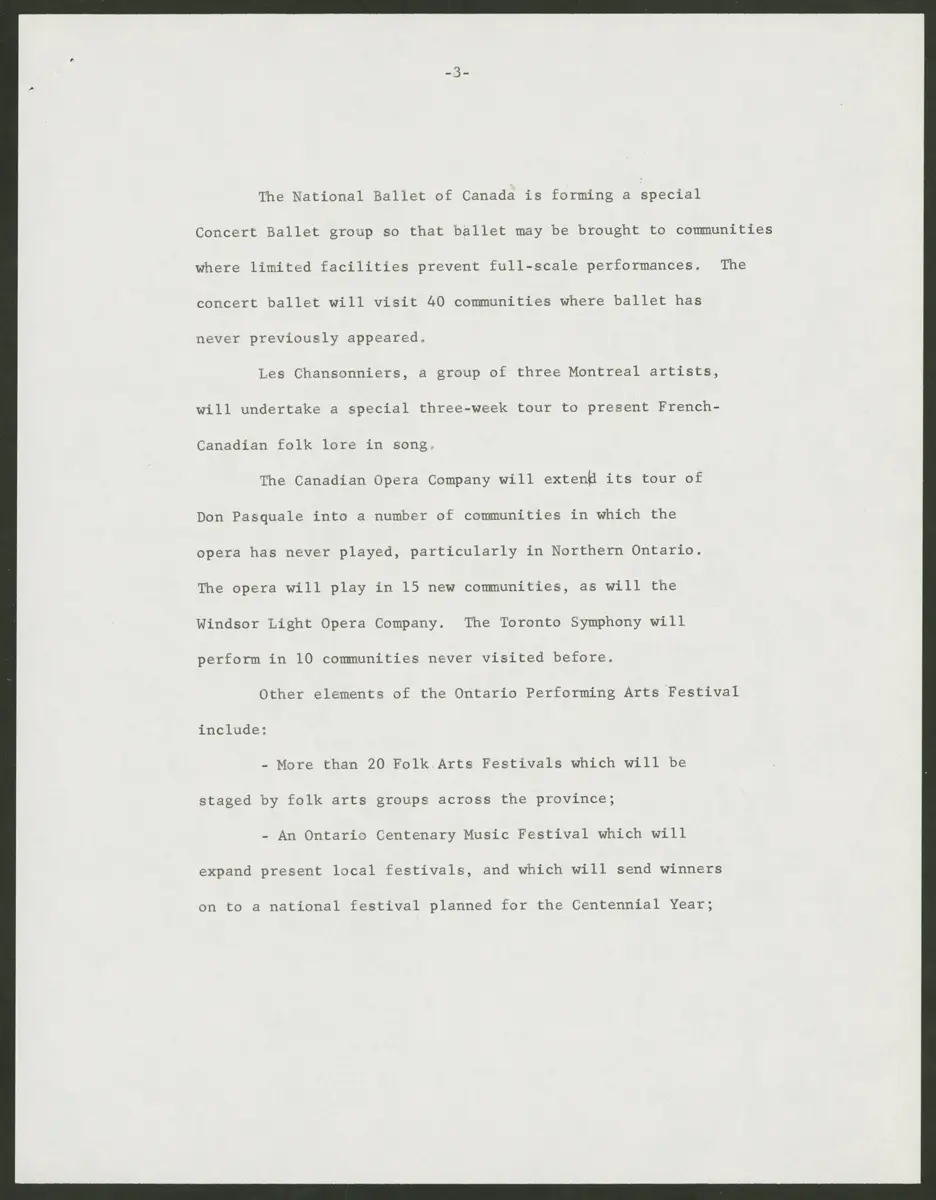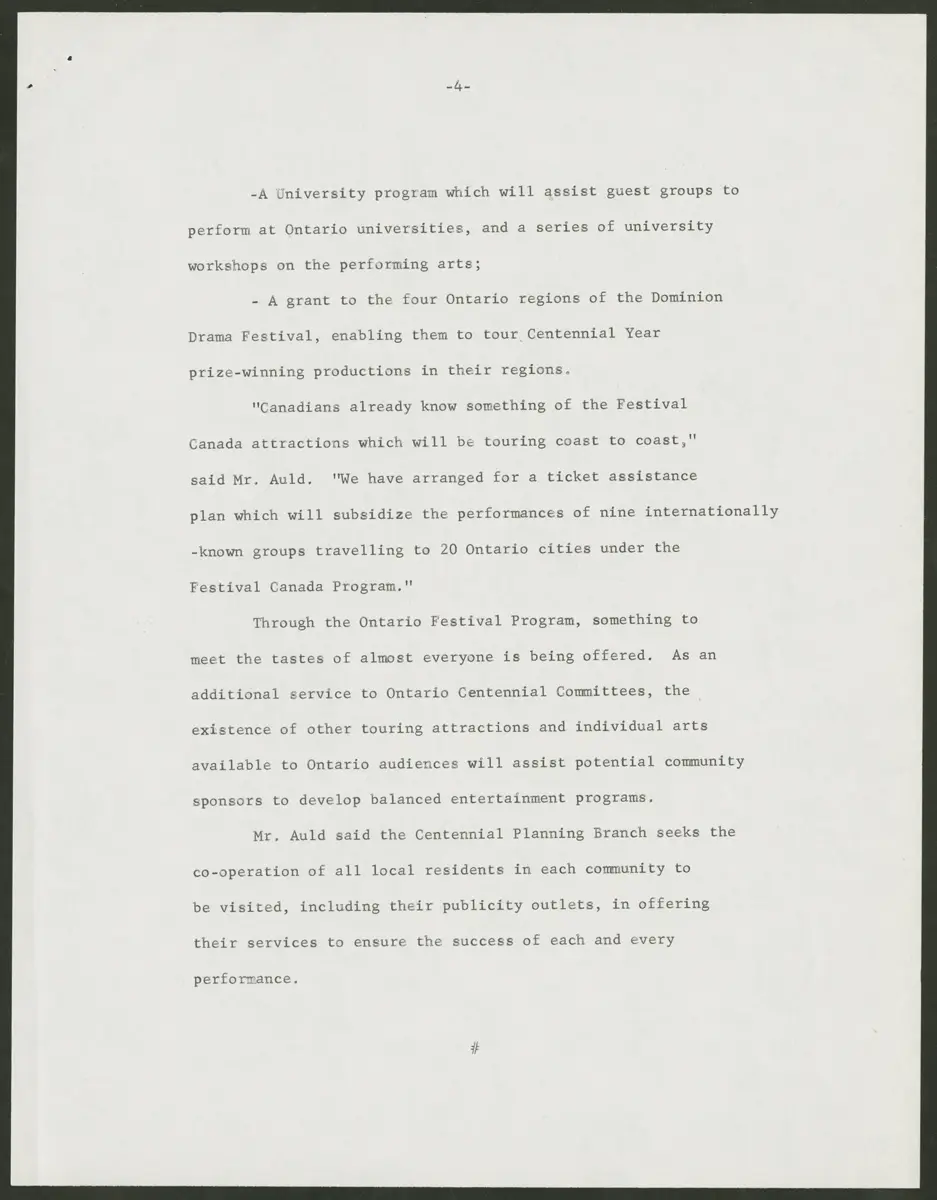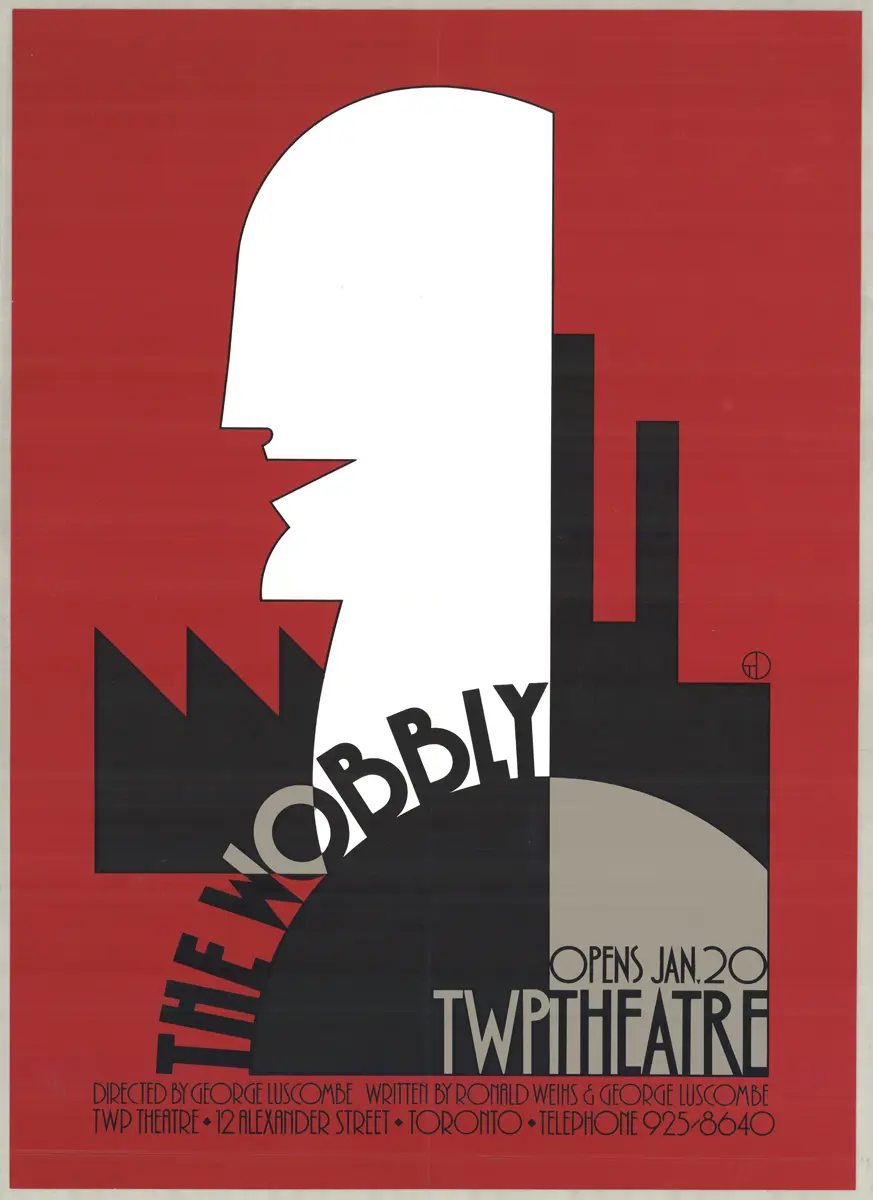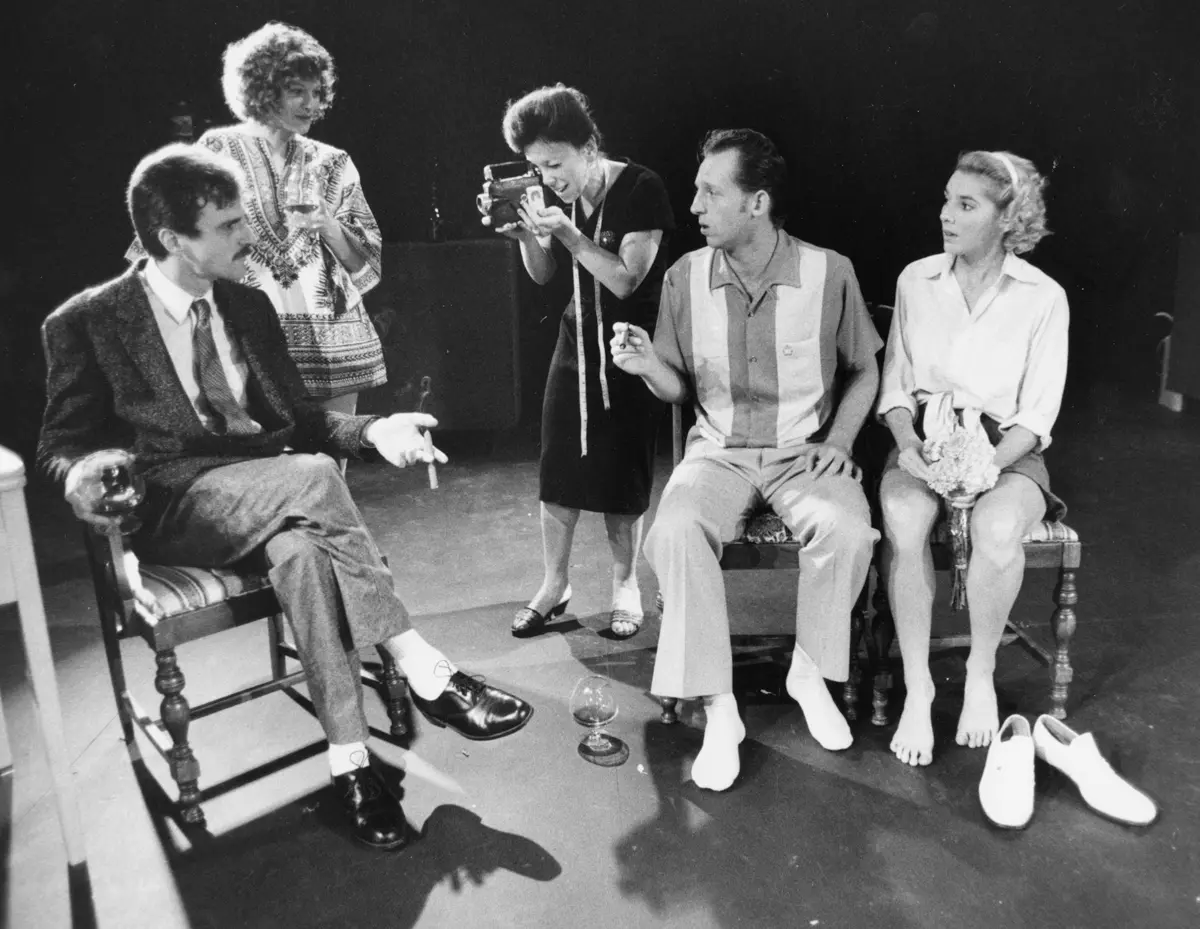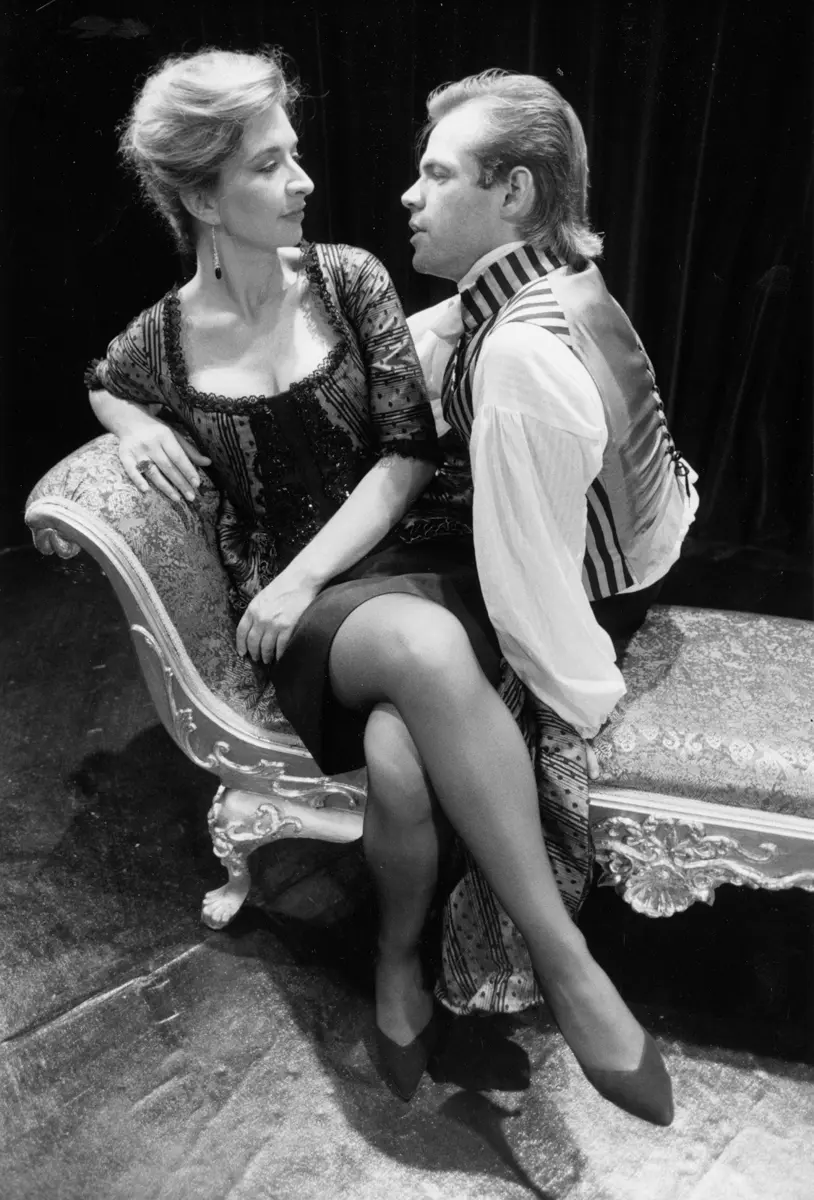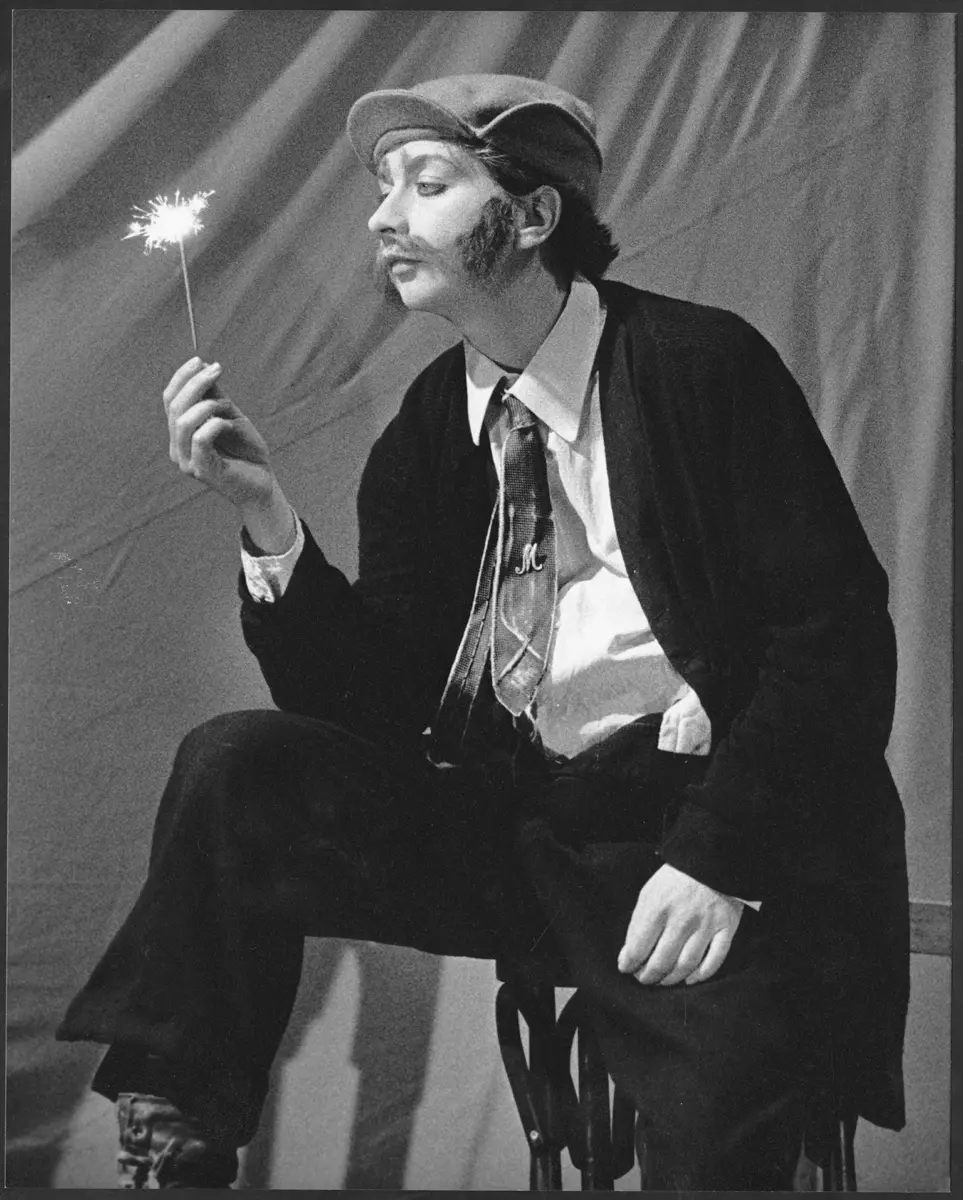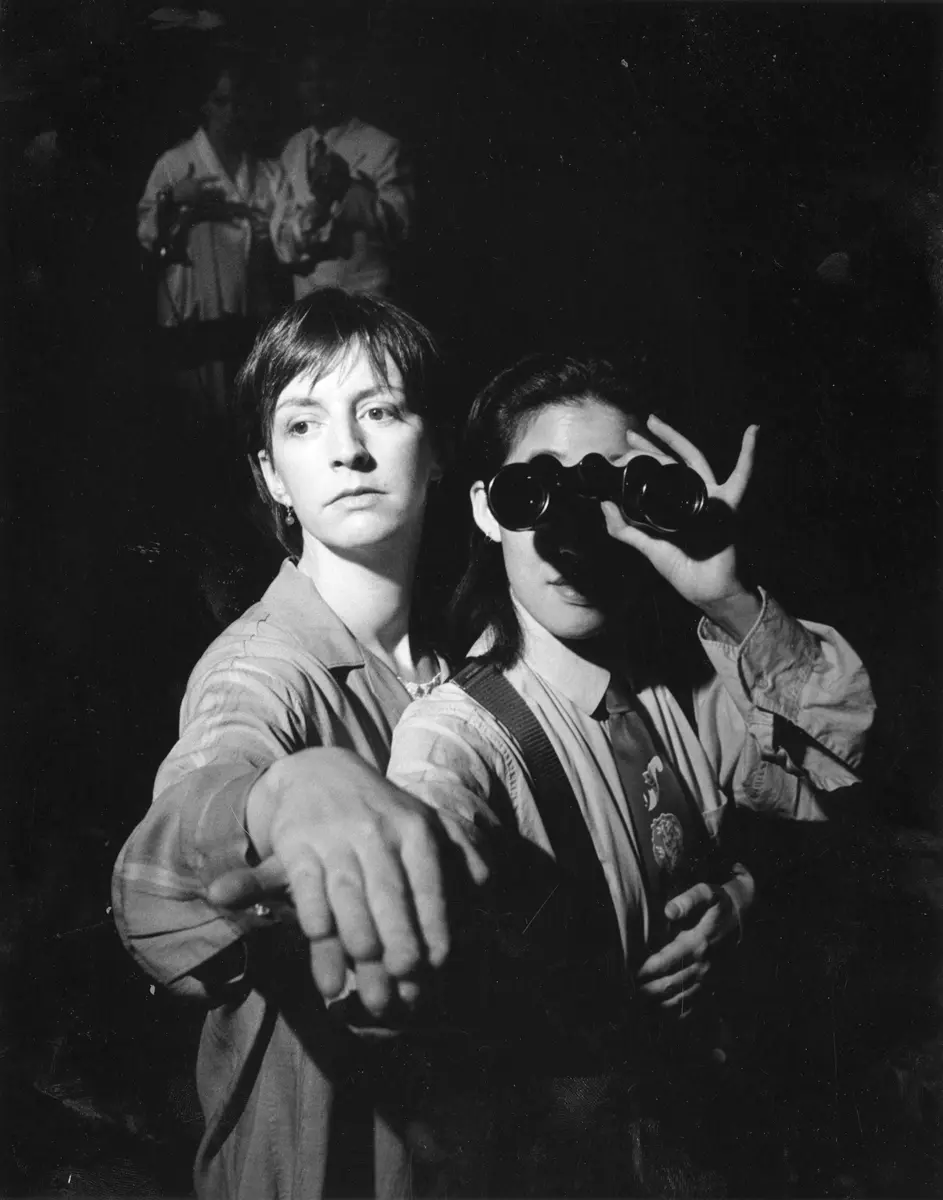
Act IV: A behind-the-scenes look at Ontario theatre from the late 1950s to today
Ontario’s theatre scene grew considerably in the latter half of the twentieth century and into the twenty-first century. A sense of Canadian identity emerged through the diversity and contrasts that characterized these decades.
Blockbuster musicals and touring circuits expanded amid community-based, alternative theatre, and a distinctly Canadian voice grew out of the plurality of voices that flourished in theatres geared towards specific cultural and minority groups. This eclectic era in Ontario’s theatre history reveals how the dramatic arts have earned their lasting place in the spotlight.
Attracting audiences: Toronto’s O’Keefe Centre
Construction of the O’Keefe Centre (now Meridian Hall) in Toronto in the late 1950s had a huge impact on the city’s cultural scene and helped to revive theatre-going at a time when the widespread popularity of television made attending live performances less common. Pre-Broadway tryouts at the O’Keefe quickly brought Toronto into the big leagues of show business, and its international stars attracted audiences to an extent that had not been seen since the days of vaudeville.
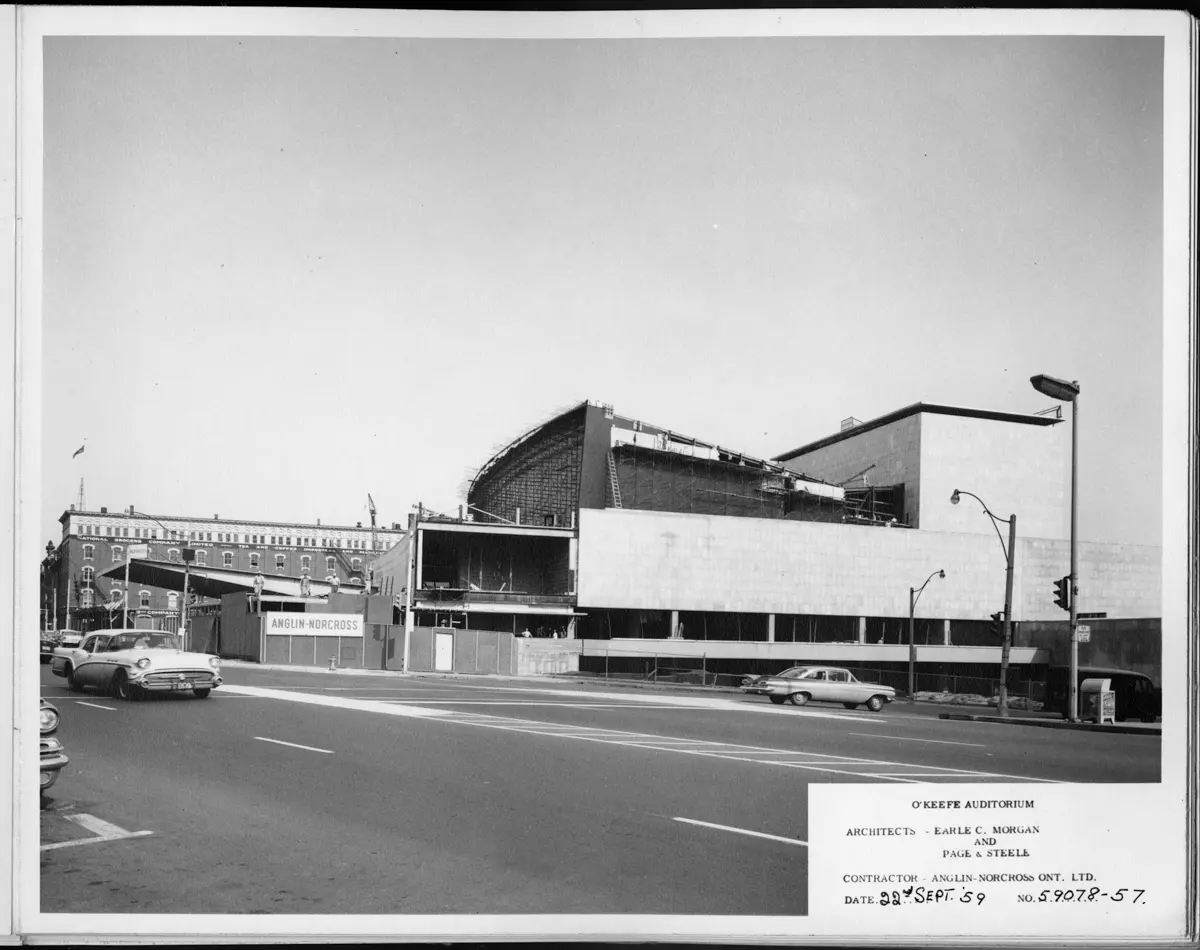
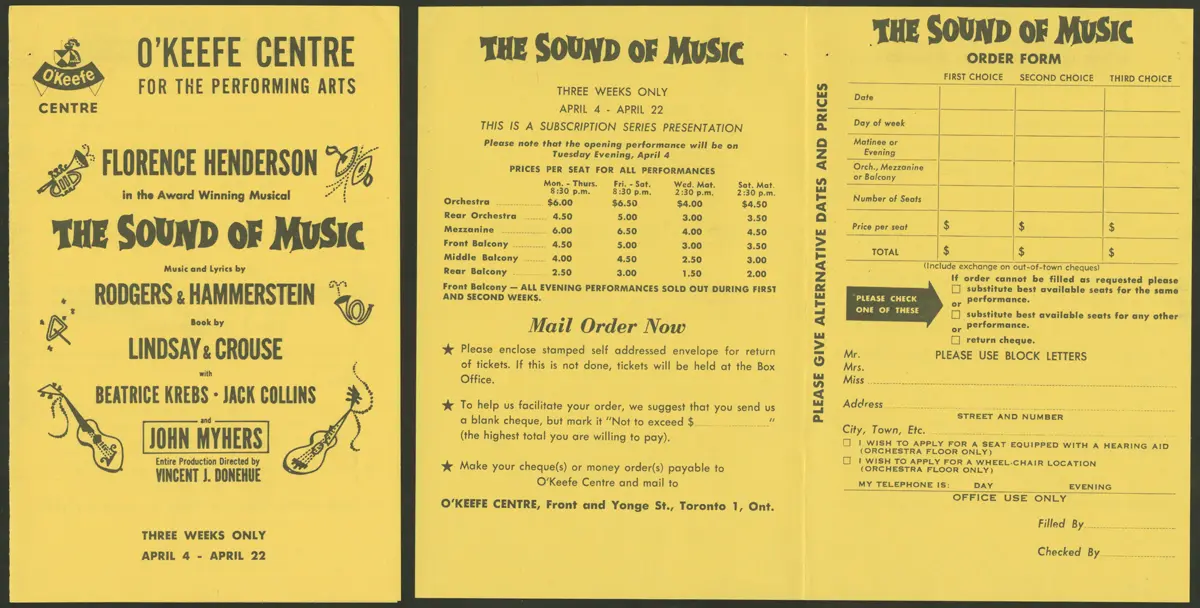
Cultivating Canadian cultural identity
Canada’s Centennial in 1967 prompted an interest in developing the country’s cultural identity. This heightened nationalism extended into the theatre sphere with the Performing Arts Festival—a year-long program for the Centennial in which performing arts groups visited 92 cities and towns across Ontario. Many of the productions were written by and featured Canadian artists. The response from Ontario communities was so great that the touring schedule was increased from approximately 200 performances to 288.
The role of Francophone theatre in Ontario
Francophone theatre in Ontario has long been rooted in celebrating French language, culture and identity in a largely Anglophone province. Although Ontario’s French-language theatre scene emerged in the 19th century with religious communities’ small-scale skits, the late 1960s and 1970s marked an important turning point, with professional Francophone theatre companies on the rise across Ontario. The Official Languages Act of 1969, which established English and French as the official languages in Canada, was among the significant gains in French language and education rights in Ontario during this period. These advances sparked efforts to strengthen Franco-Ontarian identity through culture and the arts, including Francophone theatre.
As centres of Francophone activity, Ottawa and Sudbury boasted some of the earliest French-language theatre companies. Among them were Ottawa’s Théâtre du Trillium (founded in 1975) and Sudbury’s Théâtre du Nouvel-Ontario (established in 1971), which set the stage for French-language theatre in Ontario and continue to add to the rich cultural life of the province. Toronto, as the province’s most populated and multicultural city, was also an early player in the development of Francophone theatre in Ontario and helped to foster its expansion across many other locations throughout the province.
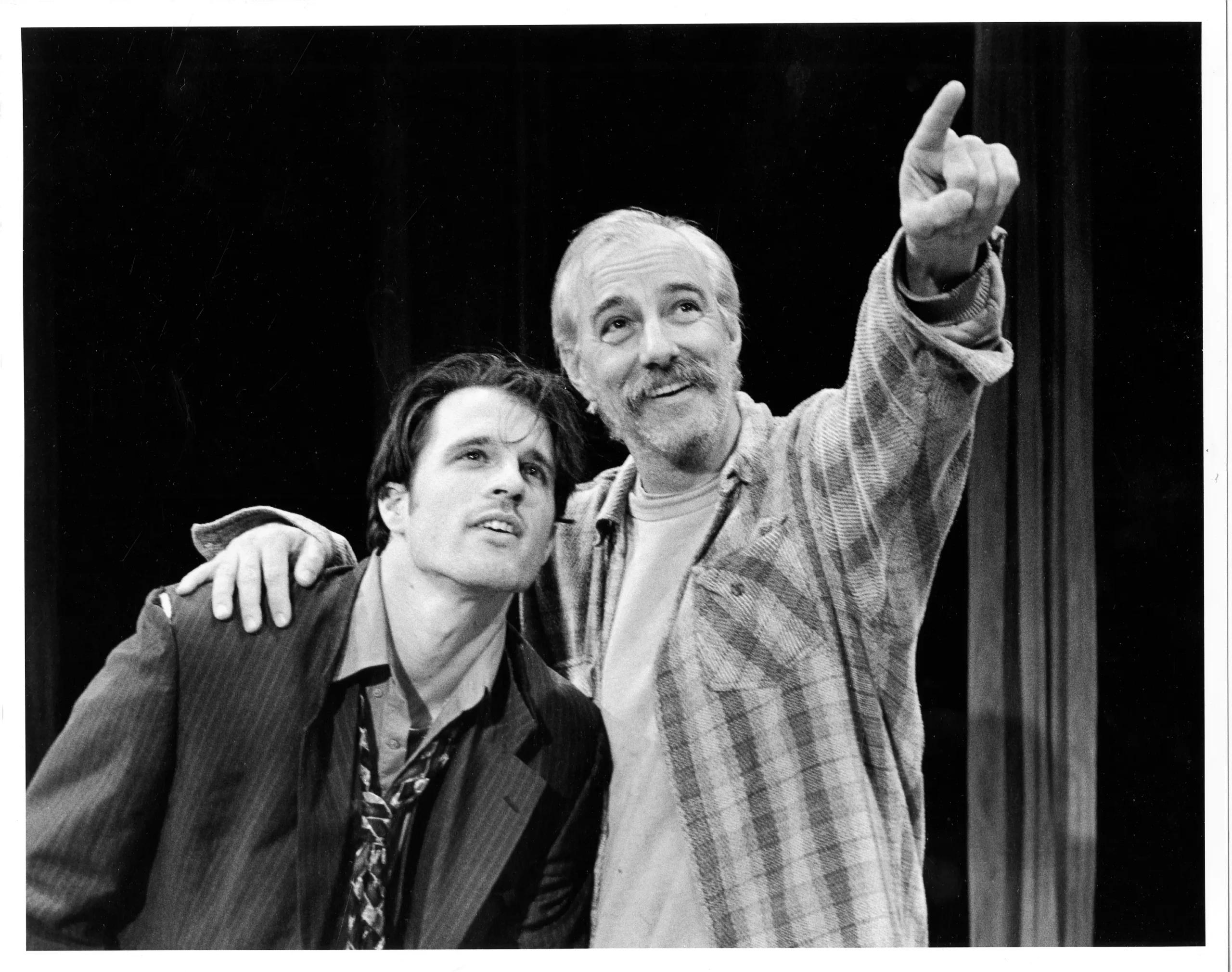
Théâtre français de Toronto was among the earliest and largest French-language theatre companies outside Quebec. Ontario-based director and translator John Van Burek founded the company in 1967 under the name Théâtre du P’tit Bonheur—the title of its first production. By 1973, the initially amateur organization had turned professional. Like many Francophone theatre companies, it continues to launch and develop the careers of many French-Canadian actors, directors and playwrights through award-winning productions that shape the evolution and visibility of Francophone theatre in Ontario.
Translators like Van Burek were critical in expanding Francophone theatre by enabling English plays to be produced in French and English surtitles to be created for French productions. This work increased the repertoire available to Francophone theatre companies and helped spread a love for Franco-Ontarian theatre among the province’s Francophone diaspora and broader English-speaking public. Through decades of advocacy, education and innovation, French-language theatre companies have helped ensure that Franco-Ontarian voices are heard, their stories told and their heritage preserved. They continue to serve as cultural beacons not only among the province’s Francophone populations but also across the broader theatrical landscape in Canada and internationally.
Acting goes alternative
Alternative theatre came to the fore in the countercultural 1960s in response to the mainstream, professional theatre flourishing in Stratford and the American and British touring shows popular at Toronto’s Royal Alexandra Theatre and O’Keefe Centre.
The Awkward Stage—the Ontario Theatre Study report commissioned by the Canada Council and the Province of Ontario Council of the Arts in 1969—concluded that the province needed to do more to support aspiring arts professionals and demonstrate theatre’s merits and potential. These conditions promoted a new theatrical direction and enabled alternative theatres, such as Toronto Workshop Productions, Theatre Passe Muraille, Factory Theatre Lab, and Tarragon Theatre, to rise to prominence.
Drama develops its diversity
With more immigrants coming to Ontario in the postwar era, the number of theatre companies representing various cultural communities began to increase. One example is the Hungarian Art Theatre (first called the Toronto Comedy Theatre), established by Sándor Kertész in the late 1950s. This trend continued in the final decades of the twentieth century as performing arts organizations worked to recognize the richness and complexity of Ontario theatre and the artistic talents of numerous minority groups.
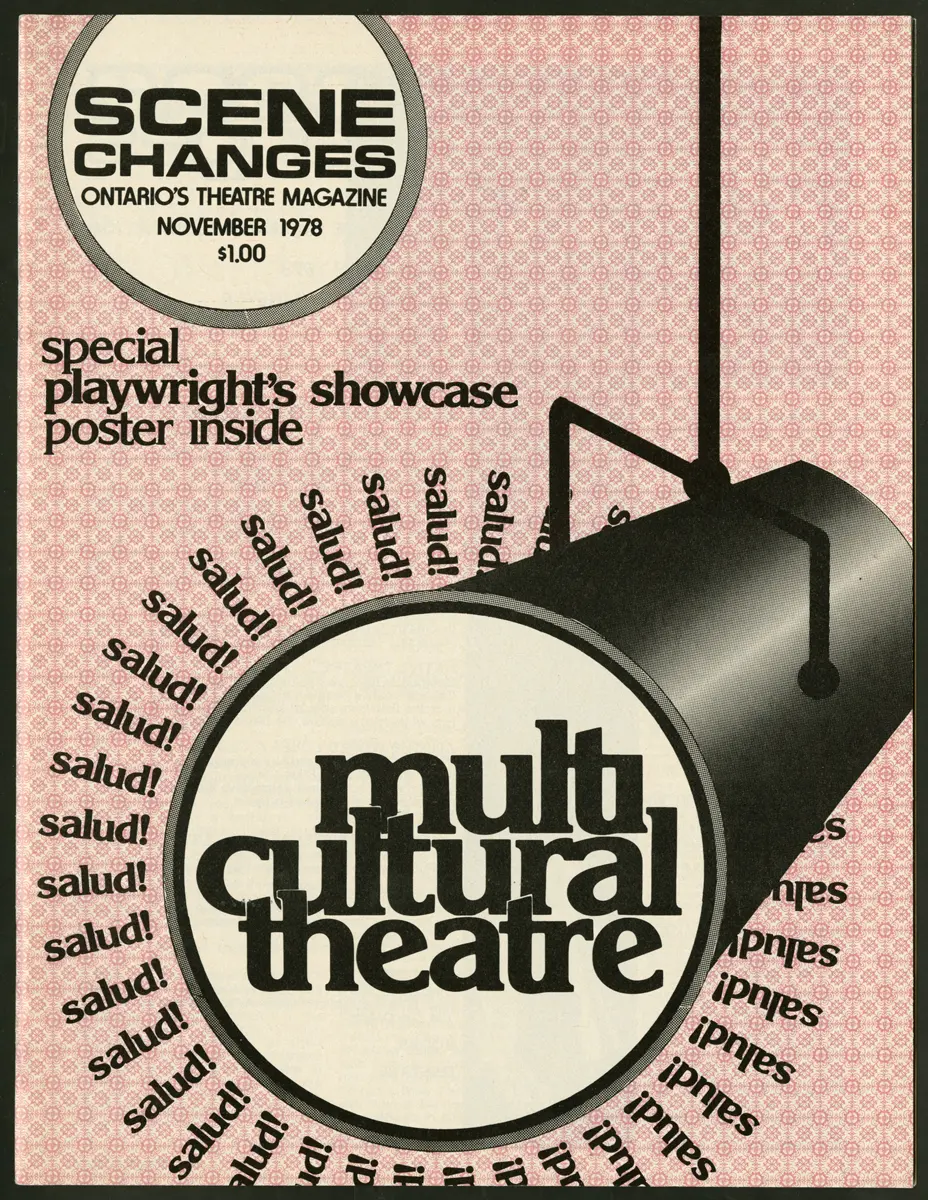
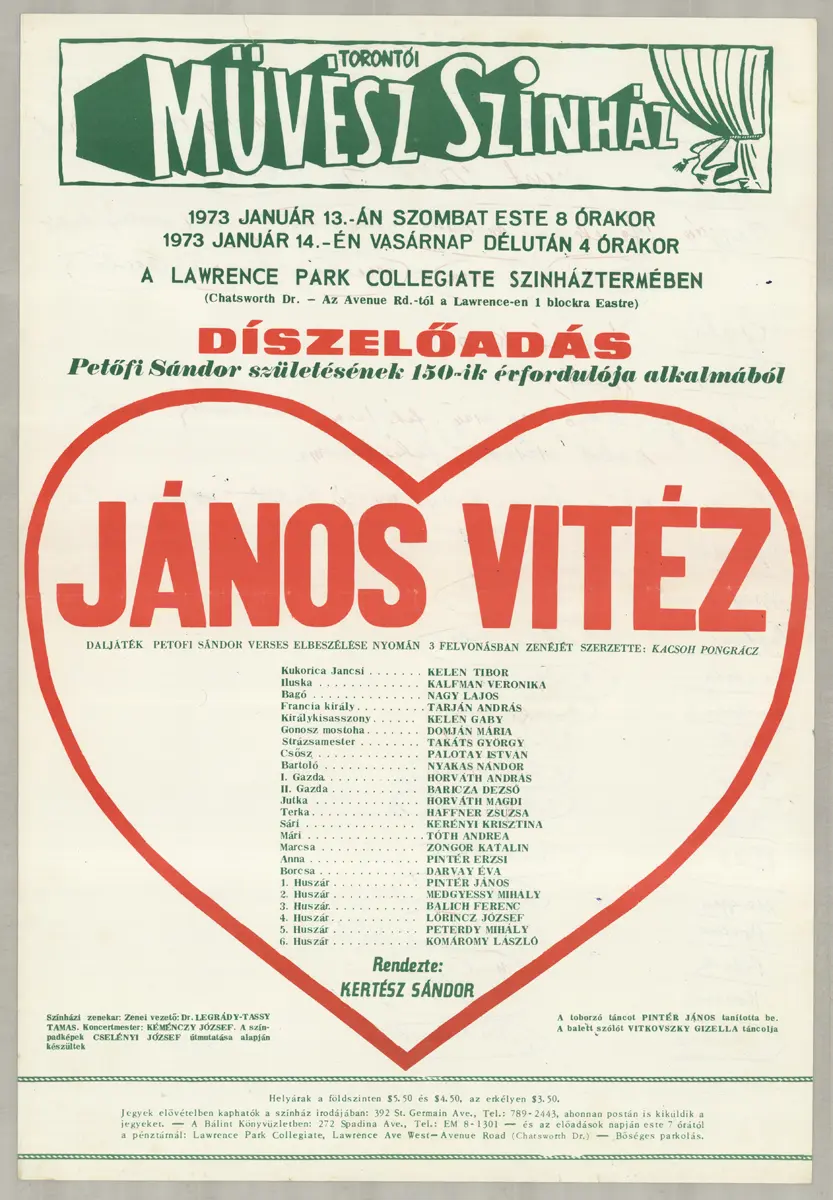
The Native Theatre School
The Native Theatre School (now the Centre for Indigenous Theatre) expanded professional development opportunities for Indigenous theatre artists when it was established in 1974 under the artistic direction of Floyd Favel and Monique Mojica. The institution continues to develop Indigenous performance culture in Ontario.
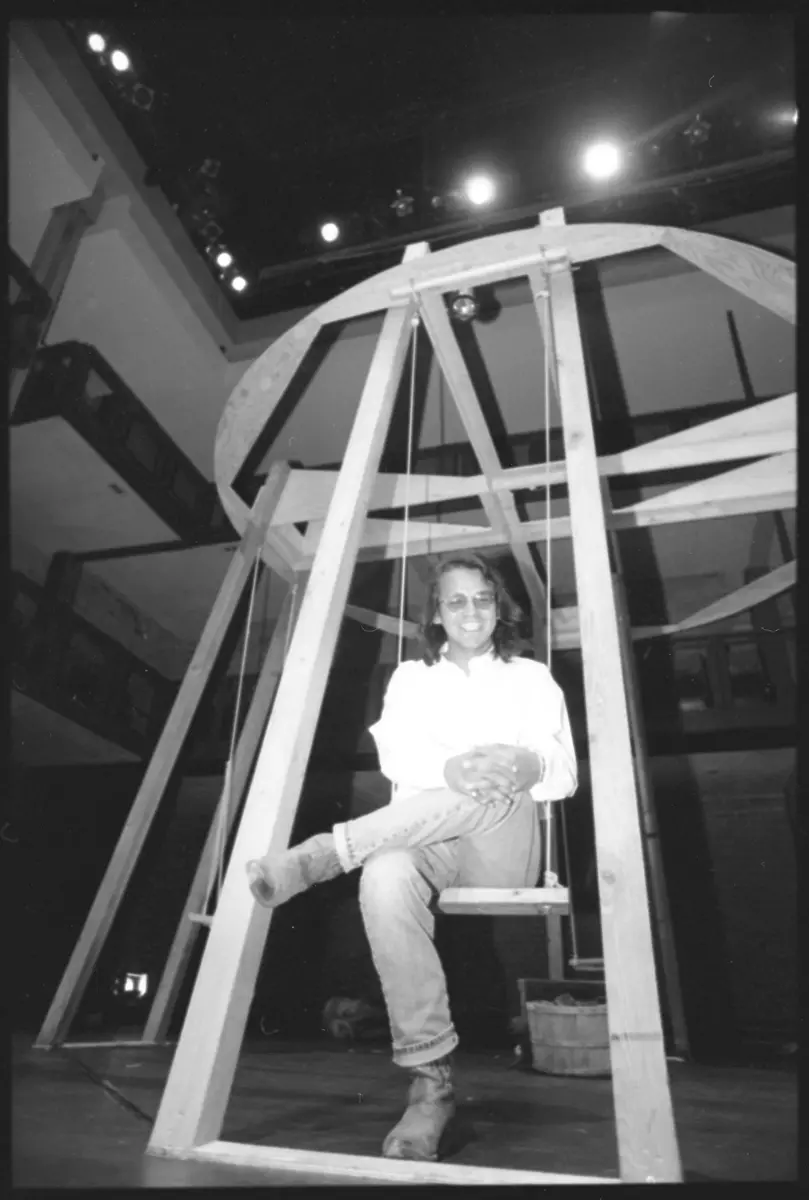
Black Theatre Canada
Trinidadian-Canadian actress, producer, and educator Vera Cudjoe founded Black Theatre Canada in 1973. Operating until 1988, it fostered Black performance and expression in Toronto and nurtured a new generation of Black artists.
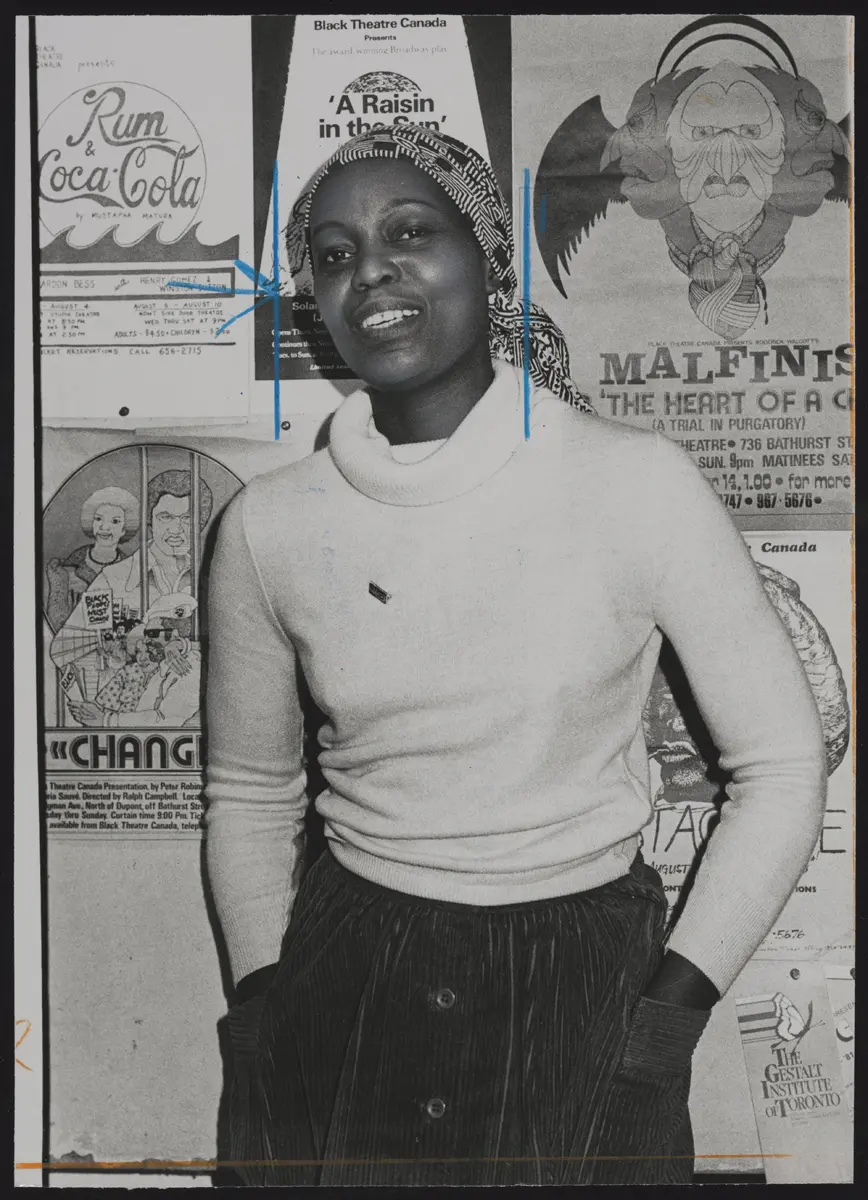
Buddies in Bad Times
Buddies in Bad Times Theatre was founded in 1978 to encourage queer theatrical expression by developing and presenting voices that question sexual and cultural norms.
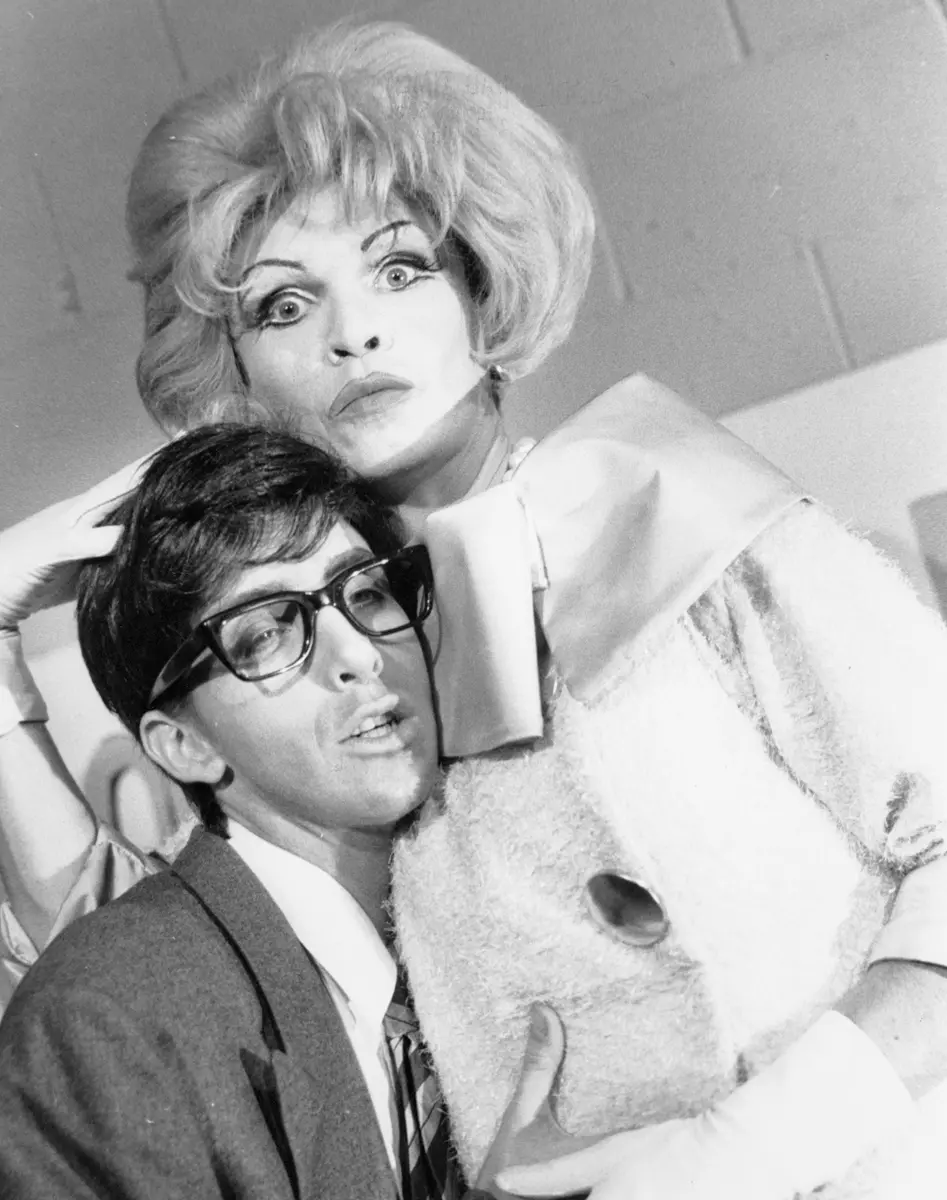
Nightwood Theatre
Nightwood Theatre, founded in Toronto in 1979, is the oldest professional women’s theatre company in Canada. It continues to support the creation of original plays written and directed by women.

Propping up theatre in Ontario
The emergence of new theatre companies in the final decades of the twentieth century went hand in hand with new educational programs and government support for the performing arts. Post-secondary courses in theatre expanded professional training, and organizations such as Theatre Ontario supported the dramatic arts through instructional programs and funding opportunities.
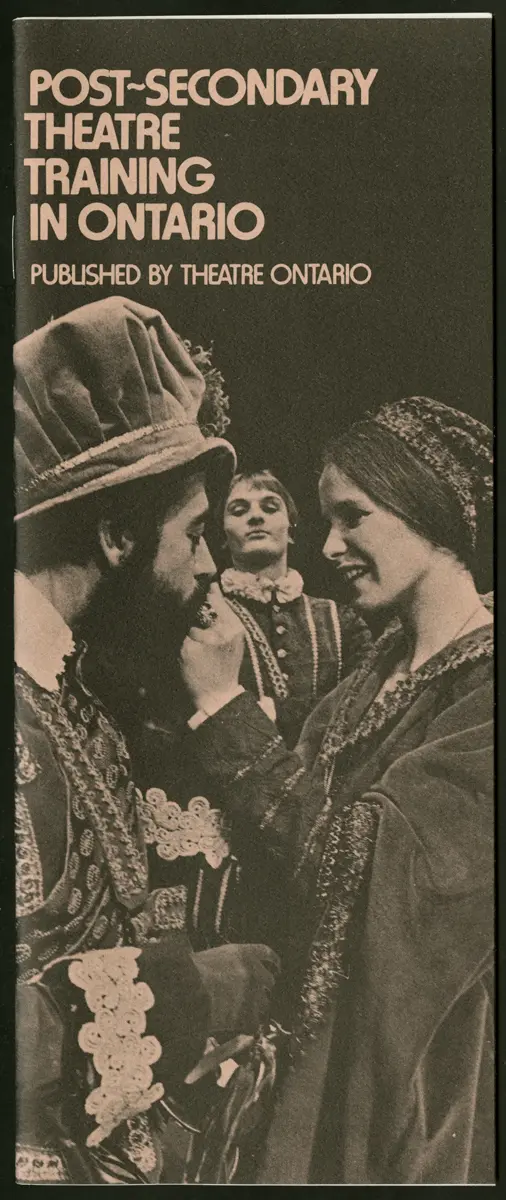
Theatre’s encore
The success of blockbuster musicals, heralded by the production of CATS at Toronto’s Elgin Theatre in 1985, is one of the many factors contributing to live theatre’s renaissance today. These spectacles remind people of the magic of live theatre and its ability to bring people together to enjoy a shared experience in an age when art is often consumed on a computer or mobile device.
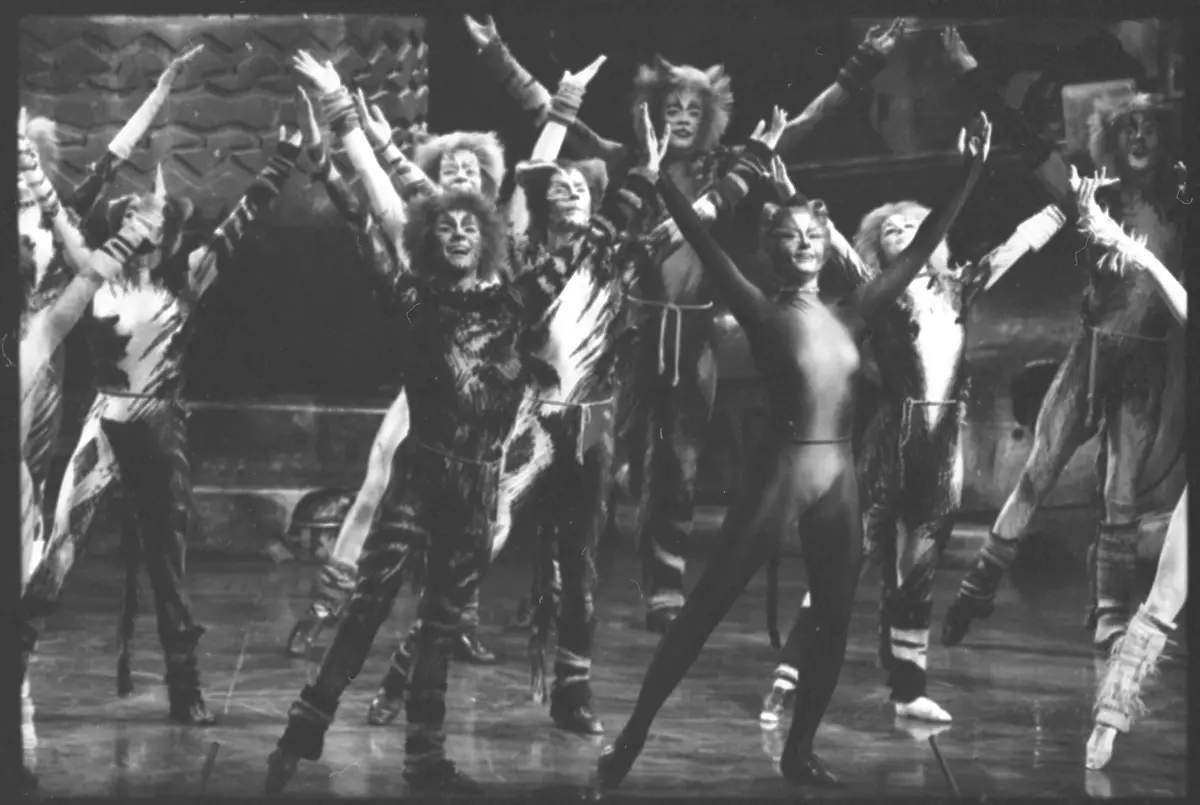
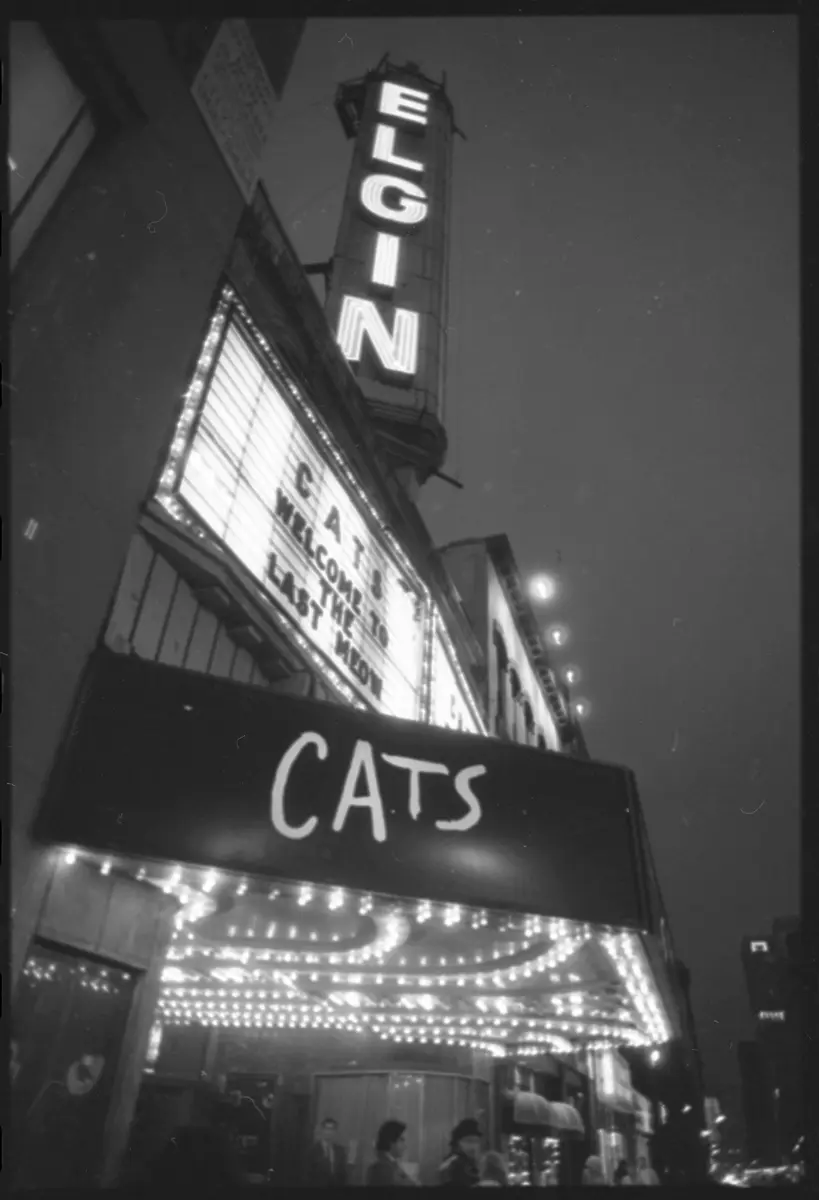
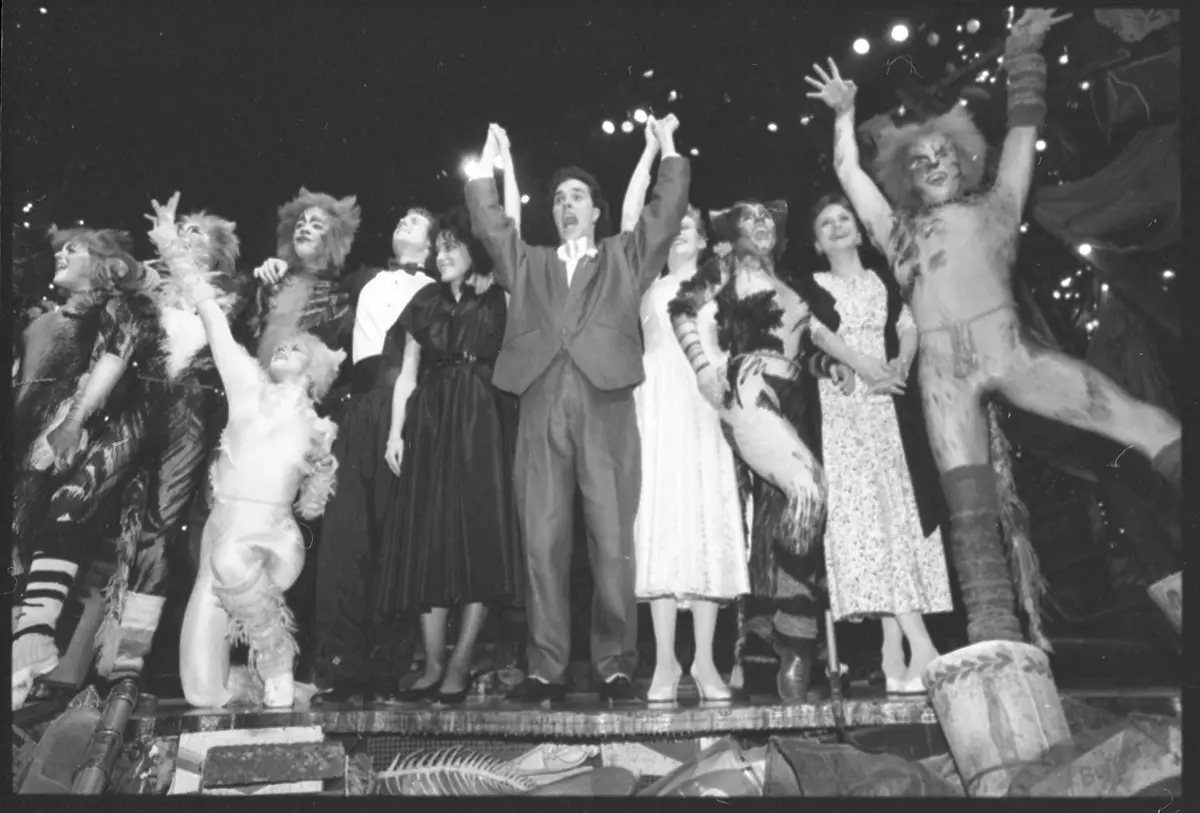
Long live Ontario theatre!
As an art form rooted in human experience, theatre is uniquely positioned to teach, provoke, inspire, affect, and entertain—qualities that contribute to the performing arts’ enduring importance and relevance in Ontario and worldwide.
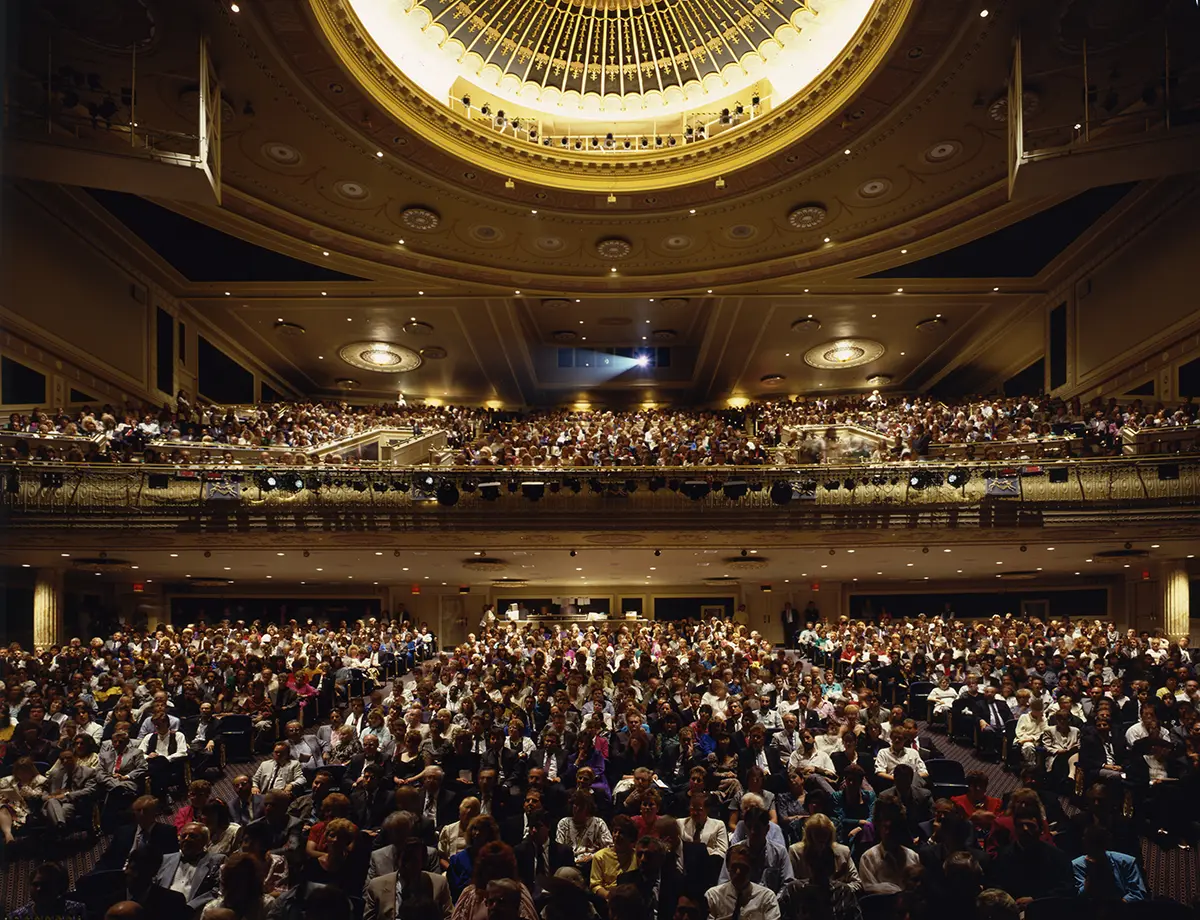
Back to: Chapter 3
Act III: The show must go ON at mid-century
Return to:
Online exhibits
Looking for more records?
Search our collection
